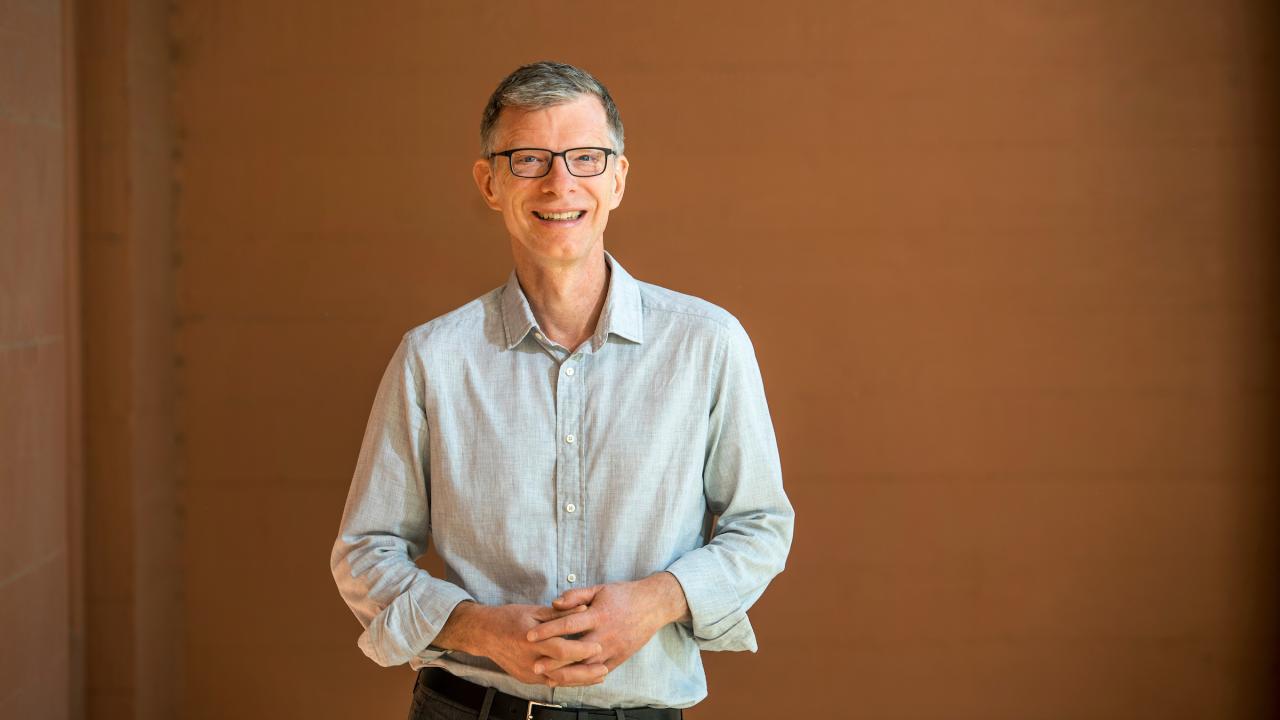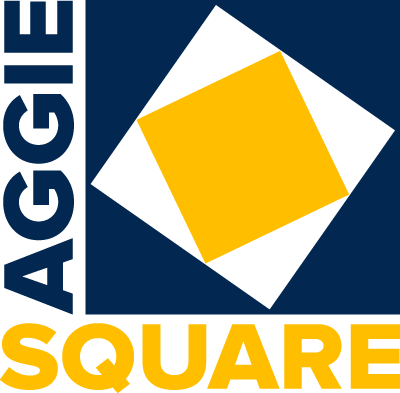
Aggie Square is our university’s new front door
Continuing and Professional Education leads the way
By John Marx
We’re building a new front door to UC Davis at Aggie Square, a new entry point for students who haven’t found their way to our college-town campus but who deserve a shot at the kind of social mobility that is the university’s trademark.
Our Continuing and Professional Education team – the workforce development arm of the university - is leading the way. They are organizing a collaborative network to anticipate the changing job market in Northern California and help students get ready to thrive in it.
The “Life Sciences Workforce Training Collaborative” will be a new feature of Continuing and Professional Education (or CPE for short) that takes full advantage of the university, city of Sacramento, and industry partners coming together to invent Aggie Square.
As much as CPE is helping to ensure Aggie Square makes a social impact that benefits Sacramento and the region, Aggie Square is helping CPE make UC Davis an even more innovative institution of higher education.
In a proof of concept, CPE is planning now for a certificate program in Cell and Gene Therapy Manufacturing. The notion for this program “emerged from conversations with the city, faculty and industry partners,” reports Dr. Jen Greenier, who is overseeing the certificate’s development. It builds on “work already being done by the UC Davis Stem Cell Program to train junior investigators, graduate students and even high school students in a summer course.”
The certificate program adds a vital missing piece between high school and Ph.D.: training for what are called “middle skills” jobs that are specialized but do not require a college degree. “Community college students who are interested in biotechnology careers, as well as veterans and incumbent and displaced workers from other industries wanting to retool for the biotech industry,” may all find the certificate appealing, Greenier says.
In and of itself, the certificate program suggests how the job ecosystem in Sacramento is changing, and will continue to change, as Aggie Square gets constructed and new industry players come on board. Cell and gene therapy is a growing area of research on the UC Davis health campus, and the potential for life-saving treatments coming out of it is substantial. You can see, I hope, how our university’s research, outreach and educational missions come together here.
If the certificate is important, the network of collaborators getting generated along with it is game-changing. The Life Sciences Workforce Training Collaborative will link up regional partners to form what CPE Dean Susan Catron calls a “sustainable infrastructure for the development of innovative and industry-responsive skills training in the life sciences.”
“What’s exciting,” Catron says, “is the opportunity to hone a model for regional talent development that leverages the expertise and engagement of faculty, industry, government and community.” This is how CPE will make the most of its Aggie Square home and “harness the collective knowledge that emerges from this new innovation ecosystem” to impact the regional economy in a way that works for everyone. As CPE hones this approach, it looks to apply the model to other industry sectors poised for growth.
Inclusive development is one word for this approach. Reinvigorating one of the foundational programs in our land grant university is another way to describe what’s happening. “The University of California established the UC Extension system in 1891 for the purpose of diffusing knowledge for broad societal benefit,” Catron recounts. “Bringing CPE’s capacity to bear as an anchor tenant” at Aggie Square puts that history behind our collective effort to ensure this project has broad regional benefit.
Forward-looking curricula, certificates, and degree programs contribute to a larger, jobs-focused component in Aggie Square planning that includes prospects for employment now to help our region bounce back even as the pandemic continues. Aggie Square planning sessions have involved UC Davis Human Resources, which is rolling out virtual job fairs; Aggie Square construction is bringing badly needed trades opportunities to Sacramento.
Jobs now are vital and help Aggie Square answer the cascading crises of 2020. This is part of what an anchor institution like UC Davis should do: help solve problems today.
As much as they need to be responsive, however, anchor institutions do the most good for their regions when they can also think ahead, and foresight is what Northern California is looking to UC Davis to provide through Aggie Square. The world of work is changing, and UC Davis needs to help the people who live in our region be ready for the next jobs to emerge.
Sacramento city councilmember Jay Schenirer nails the big question when he asks, “How do we work with our school and education systems to build pathways for folks so that they will be trained up for those types of jobs as they come forward?” Schenirer speaks for UC Davis when he says, “We want to make sure that we’re building this for the community as well as for the city.”
Collaborating with councilmembers Schenirer and Eric Guerra, who represent the districts adjacent to Aggie Square, is helping all of us working on Aggie Square retain focus on exactly how our innovation campus can mean the most to our neighbors.
“We know expectations are high, as they should be,” write UC Davis Chancellor Gary May and Mayor Darrell Steinberg in The Sacramento Bee.
It’s going to be hard work to meet those expectations, let’s be honest. That said, the new cell and gene therapy certificate CPE is developing, as well as the collaborative network behind it, offers an early glimpse of what we can do when all the pieces of Aggie Square — from the research to the teaching to the partnerships — are working together to satisfy the needs of our communities.
